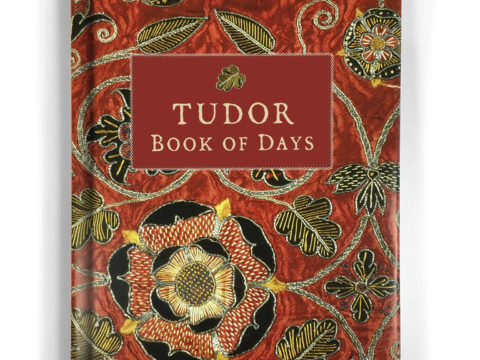Margaret Beaufort: Life Story
Chapter 3 : Marriage & Childbirth
Whilst childhood marriage was common, and twelve was the age of consent for a girl, by the mid-fifteenth century it was unusual, although not unprecedented, for marriages to be consummated before she reached fourteen. It was not thought to be immoral or criminal in the way we now perceive it, but early consummation was discouraged because the health and well-being of the girl were considered to be at risk.
Despite these risks, Edmund consummated the marriage. He was about eleven years older than his new bride, who was small and slight for her age. There is no direct evidence about Margaret’s experience of marital intercourse – whether she was terrified and hurt, or whether she accepted it as a matter of course. She remained attached to the memory of Edmund for the rest of her life, so we can perhaps hope he was gentle and kind. She was certain, however, that early childbirth damaged her. Fifty years later, when her grand-daughter was to marry the King of Scots, she objected to the match being agreed before the girl was fourteen, lest her husband not ‘wait’ and ‘would thereby injure her and endanger her health.’
Richmond’s motive for proceeding to impregnate Margaret as quickly as possible is unlikely to have been lust, but was not particularly creditworthy. If an heiress died during her husband’s lifetime and they had children, he would have a life interest in her lands – that is, he would enjoy the income of them. If they had no children, the lands would pass to her heirs. Since Edmund had little property of his own, the sooner Margaret gave him a child, the better, especially given the escalating political crisis.
Six months before Margaret’s marriage, her uncle, Edmund Beaufort, 2 nd Duke of Somerset, had been killed at the 1 st battle of St Albans, which had resulted from the removal of Richard, Duke of York from the position of Protector that he had held during Henry VI’s catatonic illness.
Somerset had been Henry VI and Queen Margaret’s greatest supporter, and his death, together with that of several other nobles raised the stakes. His sons, and those of the dead Lord Clifford and Earl of Northumberland wanted revenge. York did not, at this point, have the support, or perhaps the intention, to claim the Crown himself, and he swore allegiance to Henry again.
During York’s first Protectorate, Richmond, and his brother had both supported the Duke – they were as aware as the rest of Henry’s nobles, that the King was incompetent. However, as soon as York took up arms against their half-brother, they made their support for Henry clear.
By the end of the November, Margaret and Edmund were in South Wales, living at the Bishop’s Palace at Llandyfai (Lamphey) in Pembrokeshire, not far from Pembroke Castle. Whilst Pembrokeshire was far from London, it was not far enough to avoid war. In South Wales, Richmond was acting as the King’s lieutenant. He was besieged in Carmarthen Castle, by Sir Walter Devereux, and Sir William Herbert, supporters of the Duke of York. Having captured the castle in September, the men imprisoned Richmond within it for some weeks. He was released, but died at home on 1 st November, 1456, his first wedding anniversary. The exact cause of death is not certain – his patchy attendance at court and Parliament may indicate long-term poor health, but, at the time, some accounts claimed he died of plague – a good catch-all term, not necessarily meaning Bubonic plague.
Margaret, widowed at thirteen, was seven months pregnant and far from her mother in Bedfordshire. She was also still under the age of majority, and was in the wardship of her brother-in-law, Jasper Tudor, Earl of Pembroke. She quickly left Llandyfai, and travelled to the far safer haven of his castle of Pembroke. It was there on 28 th of January 1457 that she gave birth to her only child Henry. It is apparent from Margaret’s later words that the birth was a traumatic event for her and she is probably right that it permanently damaged her fertility. Despite having two further husbands she never conceived again.
Lady Margaret Beaufort
Family Tree










